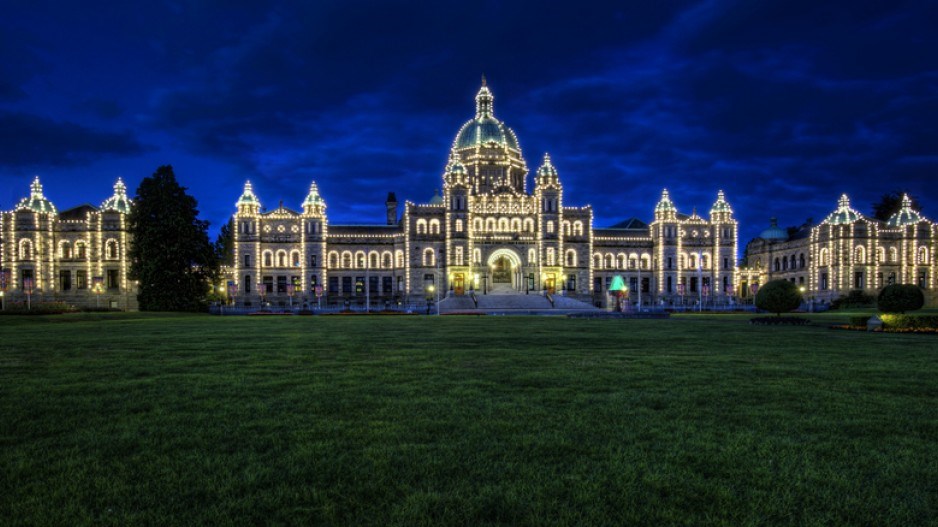On one level, it is easy to dismiss the outcomes of the two B.C. byelections this past weekend as entirely predictable and even inconsequential because they had no impact on the make-up of the legislature.
And after all, as I noted in this space a few weeks back, the two ridings of Vancouver-Mt. Pleasant and Langford-Juan de Fuca are historically very strong BC NDP ridings so the outcomes in each were never really in doubt.
However, a closer examination of the contests reveals the NDP government continues to chug along without much public pushback against its performance, while its political opponents appear to be in a holding pattern just 16 months before the next scheduled election.
Perhaps the most surprising result from the two byelections was the out-of-nowhere rise of the BC Conservative Party in the Langford-Juan de Fuca riding. Its candidate there, Mike Harris, received almost 20 per cent of the vote, more than double the support for the BC United candidate.
This in a riding where the Conservative Party has not even fielded a candidate in an election for more than 20 years.
This strong Conservative showing, combined with the tepid BC United support, must be of concern for the party that is trying to rebuild the so-called “free enterprise coalition” that was the BC Liberal Party and before that the Social Credit Party for more than 60 years (47 of them in government).
It seems obvious the BC United brand has not resonated with the voters yet, which is not the least bit surprising. Rebranding a major brand — whether it is a political party or any major company — takes time and BC United has been in existence as a political brand only for a few months.
The byelections marked the first time that BC United appeared on a ballot, giving voters a choice to vote for it. Just 2,266 voters opted to do that between the two ridings, a decline of about 4,500 voters from what its precursor, the BC Liberal Party, received in the 2020 general election.
Voter turnout in the byelections was quite low (26 per cent in Langford and 17 per cent in Mt. Pleasant) so it is important not to overanalyze the results. Nevertheless, given that such contests are a good opportunity send a message and give a government the old boot in the backside, the NDP must be pleased so few people opted to do just that.
Across the two ridings, almost 7,000 people who voted for a party other than the NDP in the 2020 election decided not to vote this time around. It could be partly a what’s-the-point-the-NDP-is-just-going-to-win mentality and also perhaps that public dissatisfaction with the government is simply not that high (or that the alternatives to the government are not that appealing).
And it is not just the BC United Party that should be concerned about the outcomes. The BC Green Party could not motivate voters either (and it is not mired in a rebranding exercise) and saw its total vote between the two ridings decline by about 5,400 from the 2020 election.
Clearly, there is much work to do for the two Opposition parties between now and the next general election, scheduled (for now) for Oct. 19, 2024.
BC United needs its name recognition to drastically improve and the Greens need to break through a level of support it has been hovering at for years now.
In the meantime, the BC Conservatives may be on the verge of making life even more difficult for them.
Keith Baldrey is chief political reporter for Global BC.




.jpg;w=120;h=80;mode=crop)
